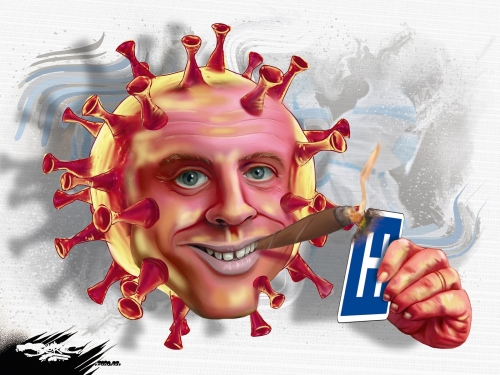Les crises en chaîne, les limites de l'Union et la fin d'un cycle historique
Un bilan rétrospectif 1990-2020
Le poids de l'Histoire
L'idée allemande de nation et d’État
Crise de la démocratie parlementaire ou dissolution de l'ordre européen ?
* * *

Fin de la stabilité politique et du "Patriotisme constitutionnel"
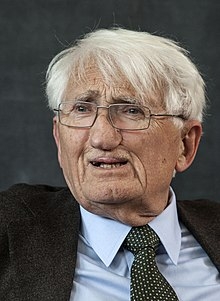 L'Allemagne vit la fin d'une longue période de stabilité politique, qui a eu pour piliers la Constitution et la démocratie et pour garants le consensus
L'Allemagne vit la fin d'une longue période de stabilité politique, qui a eu pour piliers la Constitution et la démocratie et pour garants le consensus
des opinions ,exprimé par les deux grands partis populaires, la C.D.U et le S.PD. C'est grace à ces deux partis que l'Allemagne a pu assurer le respect de la politique européenne et celle de sa politique étrangère La rupture de ces équilibres internes remettent en cause sa politique européenne et les relations trans-atlantiques, autrement dit, l'hégémonie du modèle allemand au sein de l'UE et la confiance dans la protection des Etats-Unis, via l'Otan. Et ce, dans un pays central (Mittellage), historiquement dominant et dépourvu aujourd'hui de puissance militaire. Or, si l'avenir des partis politiques n'est plus assuré en Allemagne, par le "patriotisme constitutionnel" (Habermas) de la Loi fondamentale et par le régime démocratique, caractérisé par la séparation des pouvoirs et un système bicaméral (Bundesrat et Bundestag ), tout le système de gouvernance est ébranlé.
C'est ce qui s'annonce, suite à la percée aux élections régionales de Thuringe de l'Alternative für Deutschland, qui a obtenu en septembre 2019 le 22,9%des suffrages et a fait sauter la digue du "cordon sanitaire" dressé autour d'elle , lors de l'élection du Président du Land, obtenue grace à un accord entre la CSU et AfD, remis en cause plus tard. Puisque ni la gauche (SPD ou Die Linke), ni la droite( CDU ou CSU), ne parviennent plus à atteindre ou à dépasser les 50%, toute "grande coalition" devient impraticable et les solutions de remplacement rendent nécessaires des gouvernements minoritaires et donc aléatoires, d'au moins trois partis, tant au niveau fédéral, qu'au niveau des Länder. Dans ce contexte la poussée électorale des forces populistes et souverainistes compromet le jeu des coalitions classiques, paralysie le fonctionnement des parlements régionaux et nationaux et aggrave la crise du Leadership politique de Merkel, en Allemagne et en Europe. Celle-ci démeure la principale responsable de la montée des droites, de l'absence d'une politique européenne d'immigration et de l'invasion de l'Europe, menacée par Erdogan. Son attentisme généralisé et son déni des trasformations mondiales, aggravés par son manque de vision, font de M.me Merkel le problème et non la solution de l'Allemagne et de l'Europe.
La montée électorale de l'Alternative für Deutschland (AfD)
La montée électorale de l'AfD, née en avril 2013, fait elle vaciller le système politique allemand? Représente-t-elle une bombe sociale ou annonce-t-elle un chaos à venir? Une des clés du succès de l'AfD a été de présenter l'union constitutionnelle de la RFA et de la RDA, comme un échec sur toute la ligne et comme une humiliation des allemands de l'Est, les Ossis, tenus au rang de citoyens colonisés ou de deuxième classe et, suite à l'amplification de la criminalité, à la non intégration des immigrés et à l'islamisation croissante de la socièté, comme une manipulation et une désaffection des classes dirigentes de la CDU-CSU , ainsi que du SPD, de Die Linke et de la gauche en général, vis à vis du menu peuple. Or, cette désaffection vis à vis du peuple n'est rien d'autres qu'une usure et un affaiblissement de la démocratie.En réalité les analogies apparentes de situation entre le cadre politique actuel et celui de la république de Weimar de 1930 à 1932, ont fait publier, en 1965, un livre à un chercheur américain, William Allen , concernant l'accession au pouvoir du nazisme par la voie électorale , en utilisant le fonctionnement des institutions démocratiques et surtout les administrations régionales et locales.En effet -argumente-t-il, entre 1930 et 1932, ont adhéré au parti nazi, non pas les chomeurs, partisants du socialisme et du marxisme qui inspiraient la socialdémocratie allemandes, mais la classe moyenne et la bourgeoisie. de telle sorte que la nature ouverte de la démocratie permit de subvertir les institutions existentes et d' instaurer légalement la dictature. De fait, depuis 1933, la république de Weimar fut anéantie et toute opposition éliminée.
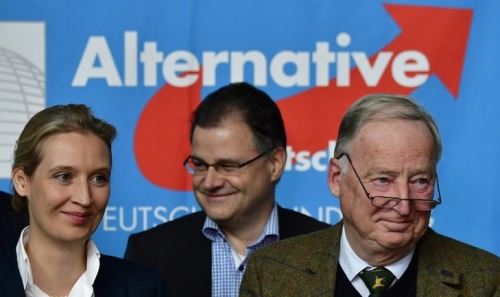
L'histoire peut -elle se répéter?
Ainsi cette démonstration autorise une question troublante:" L'histoire peut elle se répéter?" William Allen a adopté comme fil conducteur de son livre l'interrogation sur les origines du nazisme: "Comment cela a pu arriver?". Or, la question d'aujourd'hui peut être ainsi formulée:"La situation est-elle vraiment la même? Ou encore, l'ennemi est il là oû on l'attend? D'oû viennent-ils le danger principal et l'esprit de révolte?"
En revenant aux réalités de l'Allemagne de 2020,une série de données incontestables apparaissent alarmantes:
-le ralentissement économique fin 2019, qui pourrait remettre en cause le taux de chomage le plus bas du continent de 3,5%
-le vieillissement de la population
-la politique d'immigration illégale massive
-l'ignorance des bouleversements stratégiques, intervenus dans la reconfiguration du système multipolaire
-la démondialisation en cours et ses repercussions en Europe
-la fin du "statu-quo"et le déclin de puissance de l'Union Européenne
-la désoccidentalisation du monde, surtout en Asie et l'affaiblissement du leadership de l'Amérique
-le retour à la souveraineté de la Grande -Bretagne ( Brexit) et à son pouvoir de reglémenter le mouvement historique de manière indépendante et autonome, manifeste dans la conception même du Deal de la négociation en cours.
Pour toutes ces raisons, imputables à la Chancellière,l'ère de l'après Merkel se configure comme une étape d'incertitudes et de surprises stratégique
Merkel et l'asservissement des citoyens.
Le totalitarisme "soft" contre la tentation souverainiste au coeur de l'Europe
En ce sens comprendre un monde qui se fissure et se disloque, derrière l'apparente stabilité des coalitions, comporte le constat que le peuple des autocthones est devenu indifférent à la politique et celui des allogènes est en déhors et contre la loi . Ceci prouve l'impossibilité , dans une société multiculturelle, de gouverner et de vivre, autrement que par la violence ou par la force.
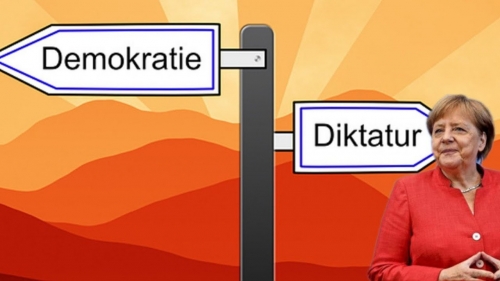
Dans une situation où les chefs politiques perdent leurs légitimité, les meneurs et intrigants étrangers, et, parmi les Chefs d'Etats, le plus outrancier( Erdogan), profitent des conflits internes, en exerçant des chantages par l'envoi massif de migrants, prêts à invahir le continent, sans que l'UE réagisse.
L'Union Européenne a toujours vu les nations et les frontières comme un rétage du passé et des contraintes à surmonter, au nom d'un progressisme planétaire et d'une idéologie diversitaire, qui aveugle ses dirigents contre l'offensive démographique et islamiste du monde musulman. Grace à M.me Merkel l'Allemagne en est la première victime en Europe, à côté de la France de Macron, empreigné d'idéologie post- coloniale. L'asservissement aux tyranies globalistes et la corruption des régimes démocratiques viennent de l'homme démocratique lui même, si l'on interprète correctement Platon, lorsque, embu de sa propre réthorique , il ne connaît que les passions de son groupe(CDU,CSU,SPD/ LAREM...). Ce dévoiement entraîne l'asservissement des citoyens à des maîtres aveugles et à des minorités despotiques.L'intrusion progressive de la démagogie et de la tyranie dans la démocratie, interdisent ainsi toute révolte intellectuelle et morale.
Les meilleurs analystes de l'Allemagne et de la France s'emploient à étudier aujourd'hui, la corrupton de l'esprit public, la fin des démocraties et l'émergence possibles des régimes tyranniques.La France et L'Allemagne sont éprises, à des degrés divers,par le même paradoxe,celui d'être serrées par l'étreinte implacable des Etats souverainistes et des Etats globalistes, et en termes de gouvernance ,entre un populisme césariste( France) et un totalitarisme soft (Allemagne)
Le renouveau de l'approche politique en Allemagne.
De la pensée partitocratique à la pensée géo-politique et néo-nationale
La faible croyance dans la démocratie est due en effet à l'égarement des cultures nationales dans le globalisme planétaire et l'Allemagne vit ainsi à l'heure
d'un totalitarisme sans violence et d'une tyranie sans machiavélisme. Autrement dit dans une forme d"exercice du pouvoir sans adoption "de la force et de la ruse" comme contraintes consubstantielles à l'action du Prince. Ainsi, dans le cadre d'une Europe qui se disloque, la notion qui est associée à l'idée de "nation", comme retour à une personnalité égarée et aux passions populaires de l'âme collective, est la notion de "révolution géo-politique", héritière reviviscente d'une histoire ancienne.
Or, en Allemagne,la rénovation de la pensée partitocratique est une rénovation culturelle des classes moyennes, qui veulent un pays éthniquement pur et homogène, confiant en lui même et en son avenir. Dans ce modèle idéal, les petits aspirent de nouveau à être tenus pour grands, au sein d'une Allemagne plus "libre" et finalement souveraine.
La satisfaction morale de cette nouvelle liberté ne repose pas sur l'Europe, mais sur l'idée de Mitte Lage ou d'épicentre continental.
Concrètement, la rénovation allemande a besoin d'une vision et une ambition, mais elle nécessite surtout d'une culture, qui représente la présence d'un espace existentiel comme idée et sous la forme de ses anciennes racines et provinces historiques.( Heinz Brill, Alfred Zänker, Jordis von Lohausen).

Depuis 1945 l'optimisme philosophique est mort partout en Europe et il n'est pas rené avec le Traité de Rome en 1957, ni avec le Traité de Maastricht en 1992, comme dernière et illusoire tentative de corseter l'Allemagne.
Nouvelles élites et énergies rétroactives
En opposition à cette tentative, l'émergence de nouvelles élites dirigeantes est en cours en Allemagne, en France et en Italie, signalée par le refus de l'égalitarisme, la subordination de l'économie à la politique intérieure et de celle-ci à la politique étrangère; et, au niveau planétaire, du Heartland à la "Grande Ile" et de l'Europe au Rimland atlantique.
Dans ce cadre renové, s'affirme la conscience que les conflits diplomatiques ne naissent plus de l'idéologie, comme écran de fumée de la "Raison d'Etat", mais de la politique d'affirmation nationale. A l'intérieur du pays, les régimes démocratiques laïcisés et ouverts, deviennent dépolitisés et obsolètes , tandis que les régimes totalitaires se commuent en perturbateurs ou en révolutionnaires.
Plus profondément et au delà de la tentation populiste au coeur de l'Europe, l'Allemagne semble remettre en cause, au sein de ses élites, les contraintes géopolitiques qui lui ont été imposées par les puissances occidentales, visant à contrôler et à juguler, dans les siècles , le centre germanique du continent, par la neutralisation, l'intégration, l'encerclement, la surveillance ou la logique des alliances. Un courant de pensée néo- nationaliste et néo-conservateur, défendant, au nom de l'Allemagne unifiée, sa position de "puissance du milieu", adopte une double perpective, d'autonomie continentale ou d'option eurasienne. La premère appuyée sur un jeu d'équilibre entre Washington et Moscou, la deuxième sur la troïka Berlin-Moscou-Tokyo.
Perspective et conscience historique
En repensant la politique en termes de siècles et l'espace en termes de continents, la conscience historique de l'Allemagne d'aujourd'hui ne peut occulter une même identité de civilisation avec la France et, de ce fait, les origines franques de la nation française, la germanité commune du passé carolingien, ainsi que la Chrétienneté latine de l'Europe occidentale et byzantine, des Balkans, de l'aire slavo-ortodoxe et de l'espace russo-sybérien. Ces rappels éthno-linguistiques et réligieux opposent l'aire européenne à l'aire anglo-saxone. Cette dernière, orientée par la stratégie globale d'Hégémon, éxercée en termes de Soft Power, comme modèle culturel fondé sur l'échange ,contribue au déracinement de nos sociétés, fondées sur des traditions anciennes. L'issue de cette opposition entre modèles culturels contrastants, conduit tout droit à l'annihilation de notre histoire et de notre vocation à la puissance. Or, le rôle fondamental de la mémoire et des données historiques représente une tâche politique primordiale, que les droites conduisent en Europe, pour mobiliser les "énergies rétroactives", menacées par le modele anglo-saxon d'empreinte américaine et par une immigration musulmane massive. Le temps présent est donc aux résurgences et aux affirmations identitaires.
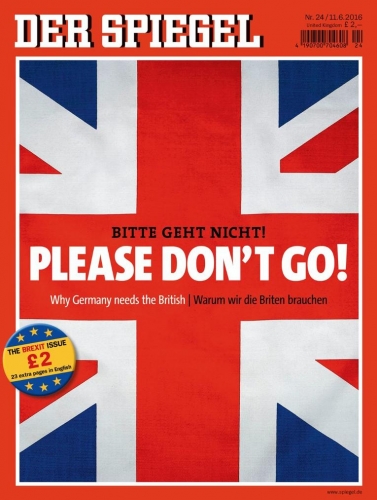
Triomphe du néo-nationalisme en Europe et impact géopolitique du Bréxit
Du point de vue géo-politique, l'Allemagne, serait, selon von Lohausen, la paume d'une main, dont les doigts sont la Scandinavie, l'Angleterre, l'Espagne,l'Italie et les Balkans. Bref l'épicentre du continent! Et , au même temps ,l'Europe deviendrait le Rimland de l'Amérique, promue à pivot du système monde.
Même la perte d'une phalange, la Grande Bretagne, ne peut changer la position de l'Allemagne, qui, après le Brexit, devient le centre de gravité géopolitique de l'ensemble européen et le pays de facto hégémonique à l'ouest du continent. La France, affaiblie, ne peut plus jouer à la triangulation stratégique avec la Grande- Bretagne face au Mitte-Lage et ne peut prétendre au leadership de l'Union Européenne , même en arguant d'une distinction entre hégémonie et direction politique. En effet le départ du Royaume- Uni vers le "Grand large" interdit à la France de rééquilibrer la dissymétrie de forces et de pouvoir avec l'Allemagne et aggrave l'isolement et le rejet de Paris, en Europe centrale et orientale, dans les pays baltes et scandinaves, ainsi que vers le sud, dans les pays méditerranéens, au Proche et Moyen Orient,au Golfe et plus en général en Afrique
Rupture du processus d'intégration et crise identitaire élargie
Si, par rapport à l'Europe , la désencrage de la Grande Bretagne du continent peut apparaître une crise morale et politique, sa signification historique est celle d'une rupture, qui conduit à une restauration de la souveraineté et de l'Etat-Nation et apparaît un frein des tentatives d'intégration, entamées dans la perspective de création d'un bloc régional autonome ( UE et autres)
Celui-ci, contraire à la logique de la mondialisation et du libre ếchange intégral, a pu faire penser à une partie de l'establishement américain que la sortie de la Grande Bretagne de l'Union Européenne représentait la fin de l'intrusion des Etats-Unis dans la politique européenne et de l'entrisme anglo-saxon dans le sustème décisionnel de la Communauté Ainsi à la question de savoir si cette rupture a comporté pour le Royaume-Uni une victoire de Pyrrhus , Ernst Lohof, membre du groupe Krisis , a répondu résolumment non.
Cette rupture ( D.Moïsi-les Echos du 2/12/2013) se concluera par une victoire des anglais sur les français et les allemands, comme à Azincourt (1415), et à Waterloo(1815) pour les premiers, ou dans la bataille d'Angleterre(1940/41), pour les deuxièmes. Et donc, dans le cas des français, par une délice du coeur et dans celui des allemands, par la libération d'un cauchemar.
L'impact mondial du Brexit reconfigurera en effet la structure du système international dans ses principes et dans ses alliances, car il n'arrivera pas à reconcilier la famille européenne de son quadruple divorce, celui de la société contre les élites, du Nord contre le Sud, de l'Allemagne contre la France et de la Grande Bretagne contre tous les autres. Il s'agit d'un divorce intercontinental étendu, car l'Amérique s'éloigne, la Russie se rapproche et le Moyen Orient se fragmente. Il n'apportera pas de réponses aux grands questionnements qui sécouent la conjoncture internationale. En effet de Tokyo à Pékin, en passant par Séoul, les élites asiatiques se demandent si nous ne sommes pas à la veille de grandes turbulences , comme celles qui ont précédé les deux grandes guerres du XXème siècle. Par ailleurs, le cumul des crises actuelles, politiques , économiques, financières et sanitaires, ne fait qu'approfondir le fossé entre le projet européen et une masse de citoyens, de plus en plus désabusés de la politique et de leurs classes dirigentes.
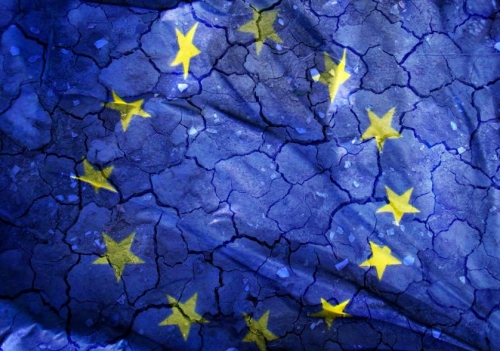
Dans ce contexte,où les Etats-Unis ont intimidé l'Allemagne au sujet de l'achat de gaz à la Russie, conduisant à un marché coercitif, l'érosion des classes moyennes se manifeste par une perte de confiance évidente et par la fragmentation des partis politiques traditionnels. On ajoutera que le rejet des élites encourage les mouvements souverainistes et populistes et que l'insécurité grandissante aggrave la crainte d'une perte d'identité, due à une invasion migratoire massive.
Le triomphe du néo-nationalisme semble ainsi assuré de succès et d'une montée en puissance, reconfortante pour ses ambitions.
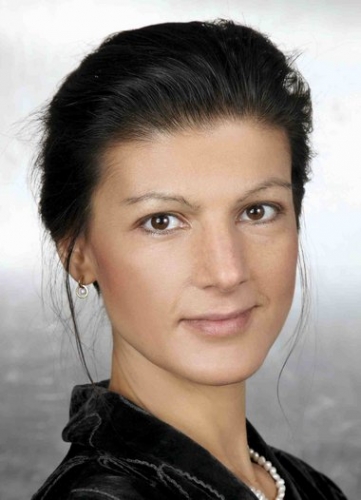 L'Allemagne et le néo-nationalisme de gauche
L'Allemagne et le néo-nationalisme de gauche
Ernst Lohoff, analyse clairement, dans une perspective critique, le ressentiment des citoyens contre l'UE et les gouvernements des pays -membres qui la soutiennent, et qualifie ce ressentiment de force historique. En attirant l'attention sur l'optimisme de circonstance de M.me Merkel, il ne se prive pas de souligner la contradiction entre le globalisme des marchés et de l'économie, portée d'une part ,par la financiarisation et la création de capital fictif, come nouveau moteur de croissance et, d'autre part, par l'UE, comme bouc émissaire de l'échec du modèle libéral. Ernst Lohoff rappelle que la gauche allemande surfe contre l'Ue, à l'image de Podemos en Espagne et que l'égérie de Die Linke, Sahra Wagenknecht, avant garde du néo-nationalisme de gauche, identifie l'espace démocratique à l'Etat Nation et prone un globalisme décentralisé, comme base d'une utopie , qui demeure au fond réactionnare
Rôle de l'Allemagne après le Brexit et rôle de l'UE dans la géopolitique mondiale
Positions et options ouvertes
La distinction sur le rôle de l'Allemagne, au sein de l'UE et dans le monde, est largement justifiée par les séquelles de l'histoire européenne.
La réunification allemande assigne au "mitte lage" le rôle ,presque naturel, de facteur d'équilibre, ce qui implique une prudence et une pondération attentives de ses initiatives. Celles -ci, avec M.me Merkel, accutumée à temporiser, définissent une position ambivalente, qui peut se résumer, à l'intérieur de l'UE, par une indécision de fond entre l'option du "noyau dur" et celle d'Europe à intégration différenciée. Par ailleurs quant au slogan fédéraliste sur "plus d'Europe intégrée,(le Royaume Uni parle de"better regulation" ),M.me Merkel réclame " plus d'Europe en matière de sécurité". En ce qui concerne l'avenir de la monnaie unique, la réforme de la zone euro, l'Union bancaire et la restructuration de la dette, la reponse de l'Allemagne est sans équivoque et se focalise sur le principe d'irrecevabilité. La réduction des risques et le rejet d'une Union des transferts seraient susceptibles, pense-t- elle, de remettre en cause la cohésion de l'Union et de destabiliser les pays qui sont des contributeurs nettes.
En matière de crise migratoire , l'Allemagne, qui n'était pas une terre d'accueuil avant 2015, adopte un tournant radical et un virage dérogatoire par rapport aux règles communautaires, passant du principe de défense des frontières nationales à celui des frontières européennes .Sous la pression du Groupe de Visegrad ( Hongrie, Pologne, Republique Tchèque et Slovaquie-) est abandonné le critère d'une répartition obligatoire des migrants et adopté celui d'une adoption volontaire".
Or, si la politique migratoire s'est révélée volatile, le thème de la sécurité, interne et extérieure, est apparu, au Sommet de Bratislava ( sept.2016),comme fondé sur une politique inter-étatique et non communautaire. Le paradigme revendicatif "d'indépendance politique et d'autonomie stratégique" de l'UE,par rapport aux Etats-Unis et à l'Otan, comportant une"coopération structurée permanente", a montré qu'il ne faut pas porter des attentes démésurées sur l'Allemagne puisque celle-ci, ne sera jamais en concurrence avec l'Alliance Atlantique et, in fine, Berlin ne remplacera pas Londres, ni en matière d'alliances, ni dans d'autres domaines dans lesquelles la Grande Btretane a joue le rôle de défenseur des positions américaines en Europe . Il faut en déduire une grande caducité du tandem franco -allemand, vu l'affaiblissement de la France et le manque de vision stratégique du "Mitte Lage".
L'Allemagne s'étant toujours appuyée sur la Grande -Bretagne pour faire avancer ses propres objectifs, elle s'est contentée de limiter les dégats du Brexit et a laissée la France seule, à résoudre à la fois les problèmes du Leadership de l'Union, les divisions cachées des 27,les problèmes des flux migratoires et de gestion des chantages d'Erdogan. Ainsi la "menace" bien réelle d'une floraison montante des souverainismes et des populismes guette de plus en plus les pouvoirs en place sur le continent. Le fragile consensus a minima, obtenu sur tous ces noeuds cruciaux à Bratislava, n'a pu résoudre la perte de confiance des opinions envers l'Europe. Par ailleurs la défense du principe des quatre libertés ( libre circulation des hommes, biens, services et capitaux) , dans les négociations pour un Deal (très incertain ) avec le Royaume-Uni, risque de sacrifier la première liberté, celle de la libre circulation des hommes.
Ainsi, avant la présidence allemande du Conseil de l'Union Eurpéenne (1er juillet 2020), toutes les options d'avenir restent ouvertes et toutes sont susceptibles de réserver des surprises.

La chute du mur, la réorganisation des équilibres de pouvoir en Europe et les axes de la politique étrangère allemande
La chute du mur de Berlin a eu des conséquences bouleversantes pour la réorganisation des équilibres de pouvoir en Europe et dans le monde. Depuis la fondation de la RFA en 1949, l'axe de la politique étrangère de l'Allemagne a été le maintien de la paix et de la sécurité entre l'Est et l'Ouest, par un activisme particulièrement marqué dans le désarmement et le contrôle des armements et l'ancrage du pays dans la communauté des démocraties occidentales , ainsi que dans les relations euro-atlantiques (OTAN).
Le multilatéralisme et la politique d'intégration européenne ont été les vecteurs principaux de la légitimation de la nouvelle diplomatie allemande, pratiquant une « hégémonie soft » et une politique mondiale intravertie. La chute du rideau de fer et l'effondrement de l'Union soviétique restituent l'Allemagne à son rôle central en Europe et replacent le « Land Der Mitte » face aux deux options classiques du pays, celles de la priorité à accorder à l'Est ou à l'Ouest.
Face à ce dilemme qui s'est révélé dramatique dans l'histoire allemande en raison de l'antinomie des deux dynamiques « géopolitiques » qui en résultaient, le recouvrement de la souveraineté, consécutif à la réunification, a eu comme référent immédiat une réflexion de fond sur le rôle de l'Allemagne en Europe.
L'Allemagne et les trois dynamiques de l'UE
Le rôle de la République Fédérale a influencé en Europe la dynamique de trois politiques :
- la politique institutionnelle, par la mise en œuvre rigoureuse et conforme des Traités de l'Union, exigeant un contrôle de constitutionnalité interne sur toute dévolution de compétences à l'Union
- le soutien à une politique étrangère commune, marquée par la diversification des intérêts plutôt que par l'affirmation des identités
- Une politique extérieure caractérisée par une « politique de responsabilité», un mélange de puissance civile et de politique introvertie, privilégiant l'approche multilatérale et le contexte institutionnel de l'Uni
- Ceci a comporté une stabilisation de l'Europe centrale et orientale, rendue possible, dès le 14 novembre 1990, par la reconnaissance de la frontière Oder-Neisse avec la Pologne, réconciliation forcée ,qui a ouvert la porte à l'adhésion de ce pays à l'UE et à la poursuite de la Ostpolitik vers la Fédération russe, la confédération des Etats indépendants (CEI), l'Asie centrale et le Caucase.
Les crises en chaîne, les limites de l'Union et la fin d'un cycle historique
Une limite importante semble apparaître aujourd'hui, celle de la fin d'un cycle historique, pour l'Allemagne et pour l'Union européenne, marquée par trois décennies de dynamiques politiques et économiques.
A un examen retrospectif, cette limite est caractérisée par le refus de la part de la France et de l'Union Européenne de continuer à jouer les mêmes règles, dans le cas du partenariat transatlantique et dans les relations avec la Russie et la Chine . Par ailleurs elle s'est manifesté à l'intérieur,par un essouflement du consensus et par effrittement des partis politiques traditionnels ( le SPD et la CDU).
En termes d'Ostpolitik, à la période de stabilisation qui avait permis de régler à Moscou en 1990, les réliquats de la deuxième guerre mondiale ( minorités et frontières) , l'émergence de la politique migratoire, a transformé le Groupe de Visegrad, très sensible aux questions d'identité et de minorité , en bloc hostile et presque antagoniste. Après la crise ukrainienne, comme dernier épilogue de la politique d'élargissement, le retour de la Crimée à la Russie a crée les conditions d'un renforcement des liens entre la Chine et la Russie, au détriment de l'Europe.
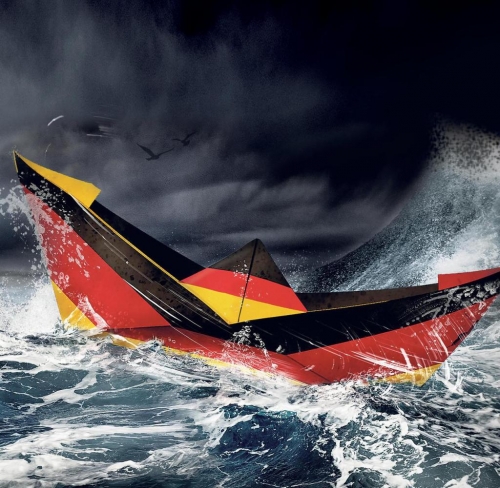
Un bilan rétrospectif 1990-2020
La conclusion de ce bilan retrospectif est sévère:
- le tandem franco- allemand , hier "noyau dur", est dégradé en relation asymétrique. En effet« le noyau dur » Paris-Bonn de la guerre froide correspondait à une phase euro-centrée du leadership européen et la troïka Paris-Berlin-Moscou de 2010 a été une hypothèse de gouvernabilité de la sécurité multipolaire à caractère eurasiatique.
- "l'arc de feu " à l'Est (Ukraïne), a été perçu par la Russie comme ingérence et ce feu n'est pas encore éteint
- l'éloignement de la Turquie de l'Otan, maifestant virulence et hostilité à l'Europe et haussant le prix du chantage migratoire, par l'humiliante "diplomatie du chèque", est une preuve d'impuissance européenne et un raté de la diplomatie unilatéraliste et dérogatoire de M.me Merkel
- l'effritement de l'unité de l'Union , après le Brexit, qui ouvre une crise de consensus et de "sens" politique, apparait comme le prélude d'une phase d'effondrement possible du projet européen
Ce bilan pourrait se conclure par un dernier constat: il y a eu avancement de la constuction européenne, lorsque étaient réunies les conditions d'une concertation franco-allemandes et isolement politique de l'Allemagne, en cas contraire. Plus grave, l'absence d'un débat stratégique a infuencé le pacifisme et rendu difficile le remplacement intellectuel de Habermas par Carl Schmitt et de Schröder/Maas/Merkel par un Bismark hypothétique du XXIème siècle. De façon générale, le règne du mercantilisme politique et du provincialisme globaliste, a été en phase avec le multilatéralisme officiel, mais se hurte aujourd'hui à la généralisation des règles unilatéralistes de conduite, en matière de politique internationale et dans un contexte systémique, à forte connotation multipolaire.
Le poids de l'Histoire
Nous prenons conscience historiquement que la poitique étrangère allemande a joué un rôle prépondérant dans la formation de l'Europe contemporaine.Elle a conditionné au XIXème les relations austro-prussiennes pour le primat sur le monde germanique, le "Deutschtum", puis sur les relations franco-allemandes de 1870 à 1945, et, après l'intermède de la période de souveraineté limitée de 1945 à 1990, sur l'Union Européenne .
Quel rôle pourra -t- elle jouer à l'extrémité du Rimland eurasien, dans un système multipolaire fragmenté et dans un affrontement tripolaire possible entre les Etats-Unis, la Russie et la Chine? S'opposant à une renaissance néo nationale allemande et indirectement européenne, quel sera l'enjeu du Konzept de sécurité allemand et d'où viendra-t-elle l'étincelle du feu universel et des grans temps?
Pour l'heure, nous remarquons l'effacement des cadres de régulations multilatéraux qui ont affaibli l'Allemagne et l'Europe, en l'absence d'une culture de la coërcition et du hard power et dans la préeminence accordée à la vision légaliste ,à la priorité du droit et aux mandats onusiens.
Dans une conjoncture,caractérisée par la crise de confiance et par le désengagement des Etas-Unis de l'Europe,qui fait suite au pivot Asie- Pacifique d'Obama, les raccomandations du Président de la République Steinmaier à la Conférence sur la sécurité de Munich, quant à la nécessité d'un rôle plus actif de l'Allemagne , en matière de défense, sont très loin de la crainte de la renaissance des idéologies nationalistes en Europe.
Ces craintes ne peuvent venir d'un Etat qui a renoncé au concept " d'Etat qui gouverne et qui décide"(Schmitt), ni d'un peuple qui n'est plus déterminé,en ses avancées, par la force culturelle et la totalité du passé du Mitte Lage
L'idée allemande de nation et d’État
L'idée de Reich represente, dans l'histoire allemande, depuis l'an 962 (naissance du Sacré Romain Empire Germanique, premier Reich ),le principe de commandement (impérium), qui s'exerce sur un territoire, soumis au pouvoir suprême d'un roi, d'un empereur et plus tard d'un Etat.
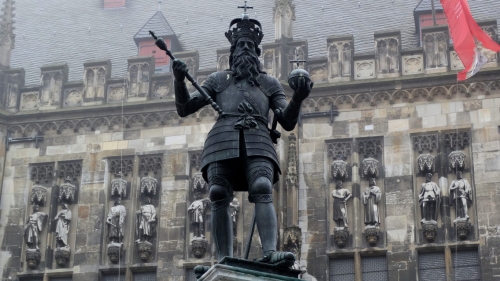
Ainsi, l'idée allemande de peuple fait de celui-ci le garant d'un ordre, qui s'enracine dans le concept organique d'Etat ,comme totalité vivante, opposé aux philosophies du contrat (Rousseau, Kant, Fichte), qui font de l'Etat un artifice destiné à garantir des intérêts individuels (conception liberale). Le passage de l'organicisme à l'individualisme est marqué par la transition de la morale collective ( Sittlichkeit ou éthicité), au pluralisme des convictions personnelles Dans ce cas il ne peut y avoir une différenciation éthique au sein du peuple,que par la subordination des moralités individuelles au lien politique, conçu comme un lien éthique, de telle sorte que l'éthos est identifié à l'ethnos et comporte une opposition claire à l'existence d' une pluralité d'éthicités (société multiculturelle), liées à autant de conceptions politiques . Si l'impératif politique est un impératif moral, de nature quasi réligieuse, la conception de la révolution fraçaise de 1789, fondée sur un légalisme abstrait, érige le droit en une souveraineté morte, en un dieu inautentique et figé .Or l'essentiel de l'idéologie nationale et des doctrines des droites en Europe et en Allemane, est fondées sur l'opposition entre l'élément national et populaire (discipline, fidélité et ordre) et l'Etat rationnel et abstrait, dépourvu d'un substrat éthnique, historique et linguistique, ainsi que d'un principe supérieur et hiérarchique d'ordre.(ex. l'Etat républicain en France). Les révolutionnaires de 89 ont éliminé les articulations vivantes et intermédiaires de la société civile pour leur substituer, par l'abstraction contractualiste, le pouvoir mort de la loi. L'autonomie de l'Etat de la société civile, considérée comme nation historique, a engendré une sorte d'anti-étatisme révolutionnaire, solidaire du nationalisme romantique et le souffrage, comme expression atomisée des individus singuliers a favorisé l'extrémisme légaliste et la "liberté rationnelle", au détriment de l'identité nationale. Or, en Allemagne la concepton de l'Etat organique et de la "Gemeinschaft" (communauté de sang, de langue et de terre) résulte d'un principe de développement, fondé sur la"force vitale" ( F.Nietzsche).Ainsi lorsque l'Etat organique se commue en Etat total, ce dernier introduit en toutes ses dimensions l'essence du politique, la distinction de l'ami et de l'ennemi et l'état de guerre (C.Schmitt), aussi bien dans ses relations extérieures que dans les relations internes, avec la société civile et les partis.Le critère de cette évolutiontion constante est l'ordre (die Ordnung), expression constitunnalisée de la vie d'un peuple.L'idée allemande de nation a-t elle été reprise par la constitution démocratique de1949, et le débat actuel sur le destin démocratique du pays est il approprié pour appréhender l'état de crise de la sociéte et du système politique allemand (2020), si différent du celui de la République de Weimar et de la naissance de la RDA dans l'immédiat après guerre?
Crise de la démocratie parlementaire allemande ou dissolution de l'ordre européen ?
La vieille maxime "Ab integro nascitur ordo!" était l'appel radical au réveil, en condition d'abîme politique et d'espoir de survie . Or, sommes nous en Europe et en Allemagne dans une telle situation? S'agit -il de la dissolution de l'ordre européen ou d'une particularité spécifiquement allemande?. il est certain que la lutte anti-globaliste a commencé depuis au moins 2008, sous forme financière étendue et, en 2015, sous la poussée migratoire et la politique de la" porte ouverte"de M.me Merkel. Cependant l'élément déclancheur, au sein de l'usure du système politique bipolaire, a été la montée en puissance des droites en Thuringe en septembre 2019. Ca a été un alarme révélateur de la crise de légitimité du système des partis et, au même temps une crise de la légalité démocratique, traduisant une crise d'autorité sur fond de crise d'identité de la nation. Or, la crise de légitimité, intervient toujours avant les collaps de la légalité institutionnelle et , dans ce cas, constitutionnelle, car elle dévoile la fin d'un cycle de pouvoir et de la structure des forces qui l'ont soutenu; dans ce cas, le régime politique et la forme constitutionnelle de l'Etat, autrement dit la forme démocratique et parlementaire de 1949. L'indicateur principal de l'ensemble de ces phénomènes a été la violence implosive d'Hanau (02/2020), la réactivité des opinions et des médias et l'analyse des causes, de leurs répercussions et des aspects politiques similaires en Europe, désignant la remise en cause du "sens" des institutions européennes "protectrices". Une faille dans l'édifice, puis krak, le sentimennt d'un collaps. Une pandémie a débutée depuis, celle des esprits, la plus mortelle!

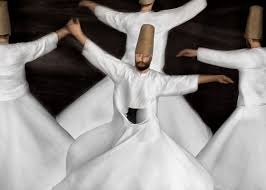



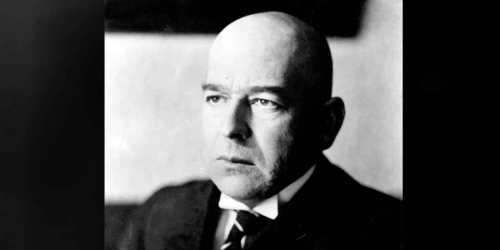
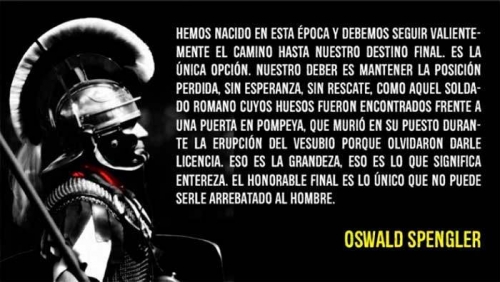
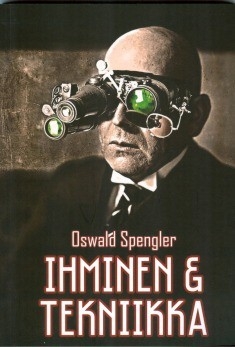 Ni estos pocos puntos ciegos, ni los extraños aspectos de la vida de Spengler, deben desviar nuestra atención de la masa de su trabajo. Este hombre sensible usaba una máscara, adoptó un estilo que no debe ser tomado directamente. Por lo tanto, los admiradores de Spengler deberían evitar confundir su verdadera personalidad con esa "máscara Cesárea" que usó en sus numerosas apariciones públicas.
Ni estos pocos puntos ciegos, ni los extraños aspectos de la vida de Spengler, deben desviar nuestra atención de la masa de su trabajo. Este hombre sensible usaba una máscara, adoptó un estilo que no debe ser tomado directamente. Por lo tanto, los admiradores de Spengler deberían evitar confundir su verdadera personalidad con esa "máscara Cesárea" que usó en sus numerosas apariciones públicas.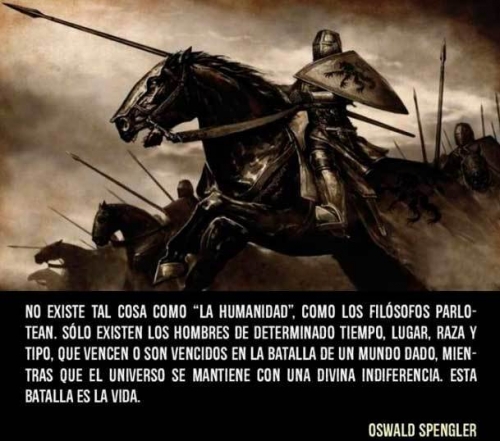
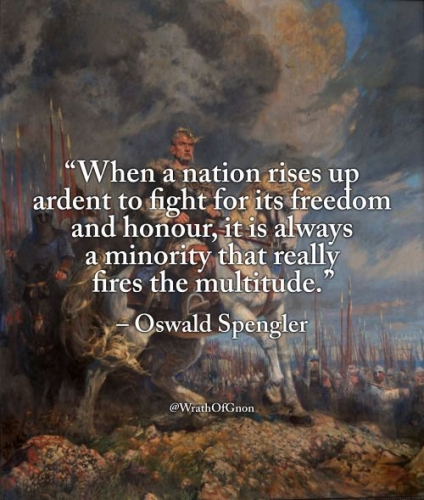

 del.icio.us
del.icio.us
 Digg
Digg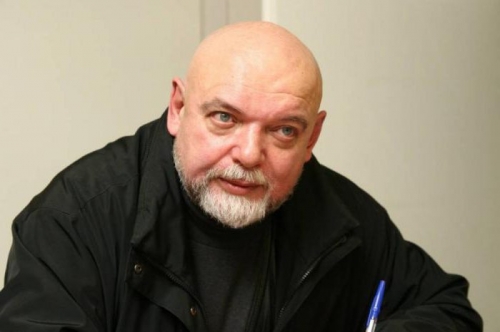

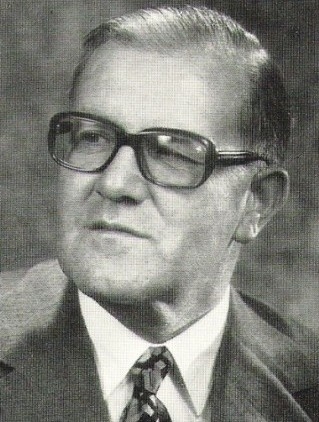
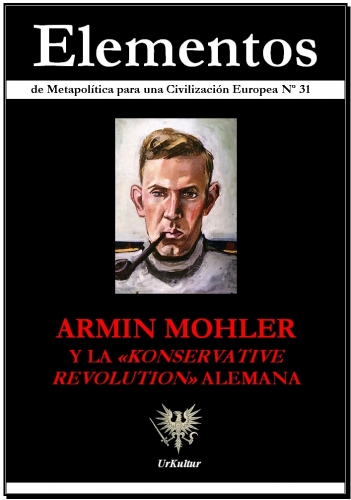
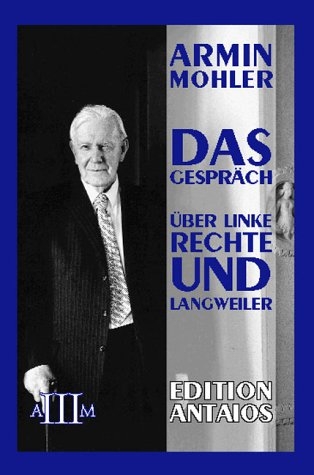
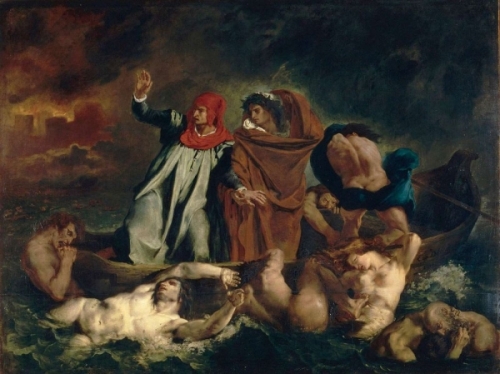
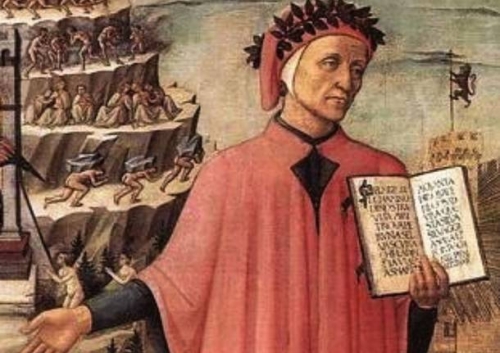
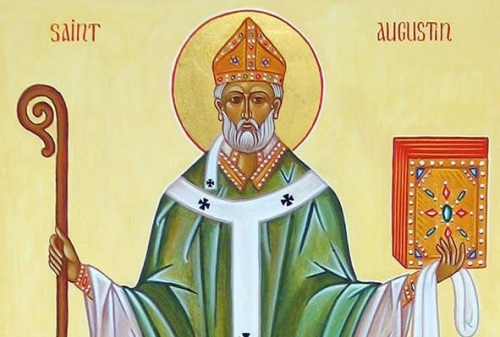
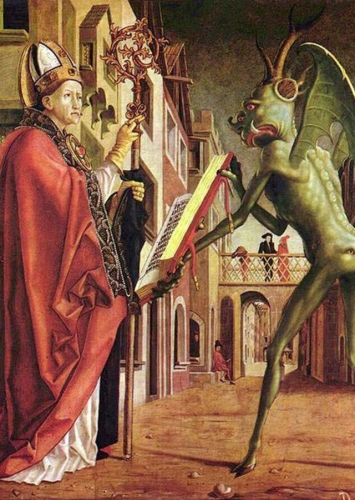
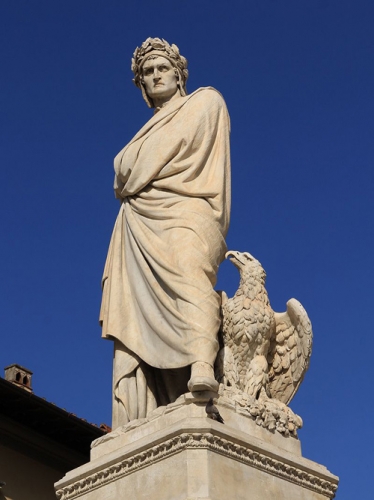 Enfin, dans la 6e Épître, Dante reprend les thèses fondamentales de la Monarchie. Il utilise cette doctrine comme un argument dans la critique de la notion de liberté : Florence, en affirmant son indépendance vis-à-vis de l’Empire et sa liberté à se gouverner elle-même (en choisissant ses magistrats), rejette la vraie liberté, considérée comme un héritage sacré garantie par une longue habitude. Dante attribue aux Florentins la volonté de considérer le pouvoir impérial comme caduque. Il concède pourtant que l’autorité impériale a négligée l’Italie. C’est pourquoi il assimile cette revendication de liberté à une affirmation absurde. Il prétend discerner dans la réalité des temps les signes divins de la providence. Il donne ainsi les instruments théoriques d’une déconstruction de la réalité florentine : la liberté comme privation de la sagesse. La plus haute réflexion politique de Dante s’achève ainsi sur un trône vide dans le chant 30 du Paradis de la Divine Comédie.
Enfin, dans la 6e Épître, Dante reprend les thèses fondamentales de la Monarchie. Il utilise cette doctrine comme un argument dans la critique de la notion de liberté : Florence, en affirmant son indépendance vis-à-vis de l’Empire et sa liberté à se gouverner elle-même (en choisissant ses magistrats), rejette la vraie liberté, considérée comme un héritage sacré garantie par une longue habitude. Dante attribue aux Florentins la volonté de considérer le pouvoir impérial comme caduque. Il concède pourtant que l’autorité impériale a négligée l’Italie. C’est pourquoi il assimile cette revendication de liberté à une affirmation absurde. Il prétend discerner dans la réalité des temps les signes divins de la providence. Il donne ainsi les instruments théoriques d’une déconstruction de la réalité florentine : la liberté comme privation de la sagesse. La plus haute réflexion politique de Dante s’achève ainsi sur un trône vide dans le chant 30 du Paradis de la Divine Comédie.

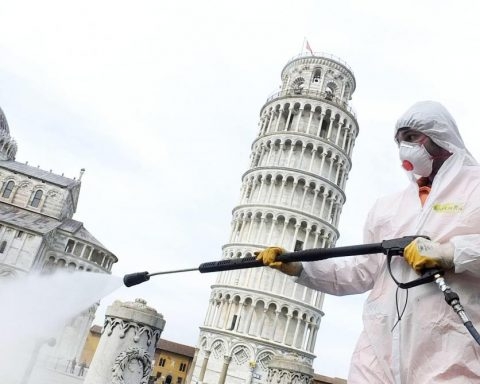
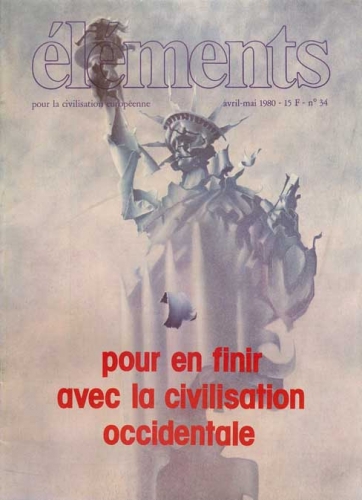
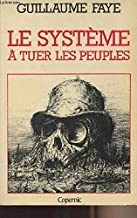 [* Translator’s note. Transl. Gregory Fried and Richard Polt (Yale, 2000), with some pedantic syntactical amendments by me. Faye’s French rendition differs a little: “‘Cette Europe qui, dans un incalculable aveuglement, se trouve toujours sur le point de se poignarder elle-même,’ écrit Martin Heidegger dans son Introduction à la métaphysique, ‘est prise aujourd’hui dans un étau entre la Russie d'une part et l’Amérique de l’autre. La Russie et l’Amérique sont, toutes deux, au point de vue métaphysique la même chose: la même frénésie de l’organisation sans racine de l’homme normalisé. Lorsque le dernier petit coin du globe terrestre est devenu exploitable économiquement […] et que le temps comme provenance a disparu de l’être-là de tous les peuples, alors la question: “Pour quel but? Où allons nous? et quoi ensuite?” est toujours présente et, à la façon d’un spectre, traverse toute cette sorcellerie.’”]
[* Translator’s note. Transl. Gregory Fried and Richard Polt (Yale, 2000), with some pedantic syntactical amendments by me. Faye’s French rendition differs a little: “‘Cette Europe qui, dans un incalculable aveuglement, se trouve toujours sur le point de se poignarder elle-même,’ écrit Martin Heidegger dans son Introduction à la métaphysique, ‘est prise aujourd’hui dans un étau entre la Russie d'une part et l’Amérique de l’autre. La Russie et l’Amérique sont, toutes deux, au point de vue métaphysique la même chose: la même frénésie de l’organisation sans racine de l’homme normalisé. Lorsque le dernier petit coin du globe terrestre est devenu exploitable économiquement […] et que le temps comme provenance a disparu de l’être-là de tous les peuples, alors la question: “Pour quel but? Où allons nous? et quoi ensuite?” est toujours présente et, à la façon d’un spectre, traverse toute cette sorcellerie.’”]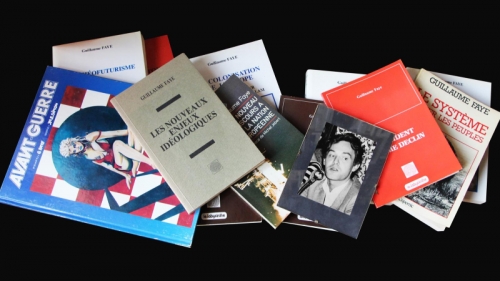
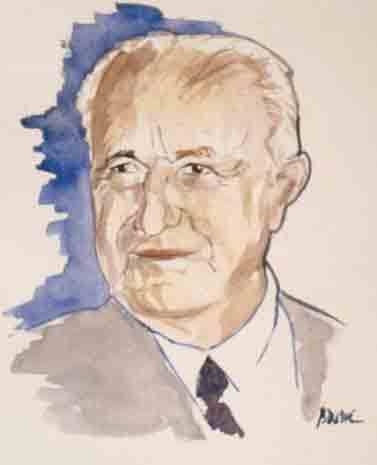 It’s the very idea of Third-World economic development that we ought, in fact, to suspect. This notion presupposes in effect that the peoples of the Third World ought necessarily to follow the path of Western industrialisation. Now this accords singularly well with the liberal desire for international division of labour and economic specialisation of zones, indispensable for the modern capitalism of planetary free exchange. And who, under doctrinal and humanitarian camouflage (the “right to development”) thus advocates Third-World industrialisation? Those who defend the interests of an economic system in which the growth of global industrial commerce is as necessary as warm water for mackerel shoals.* Again and again, François Perroux has shown that the “overall quality of life” in “developing” countries that are considered already nearly developed, was lower than that achieved by traditional societies. Inversely, poorer countries, or less industrialised zones, know a real “quality of life” superior to what OECD figures might have one believe.** And until today, the United States have been the only real beneficiaries of the industrialisation of Asia, Africa and South America.
It’s the very idea of Third-World economic development that we ought, in fact, to suspect. This notion presupposes in effect that the peoples of the Third World ought necessarily to follow the path of Western industrialisation. Now this accords singularly well with the liberal desire for international division of labour and economic specialisation of zones, indispensable for the modern capitalism of planetary free exchange. And who, under doctrinal and humanitarian camouflage (the “right to development”) thus advocates Third-World industrialisation? Those who defend the interests of an economic system in which the growth of global industrial commerce is as necessary as warm water for mackerel shoals.* Again and again, François Perroux has shown that the “overall quality of life” in “developing” countries that are considered already nearly developed, was lower than that achieved by traditional societies. Inversely, poorer countries, or less industrialised zones, know a real “quality of life” superior to what OECD figures might have one believe.** And until today, the United States have been the only real beneficiaries of the industrialisation of Asia, Africa and South America.


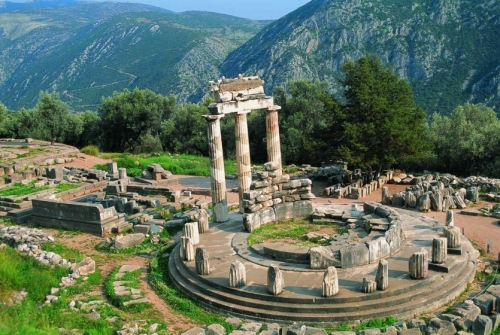


 L'Allemagne vit la fin d'une longue période de stabilité politique, qui a eu pour piliers la Constitution et la démocratie et pour garants le consensus
L'Allemagne vit la fin d'une longue période de stabilité politique, qui a eu pour piliers la Constitution et la démocratie et pour garants le consensus




 L'Allemagne et le néo-nationalisme de gauche
L'Allemagne et le néo-nationalisme de gauche 



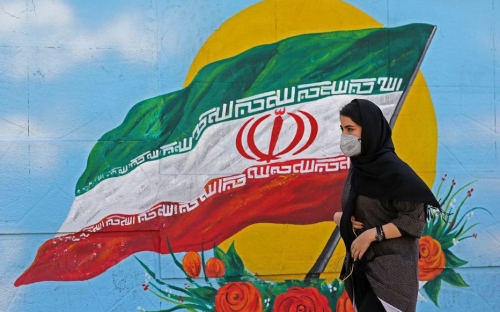
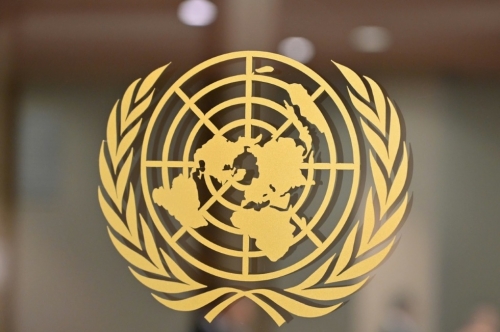


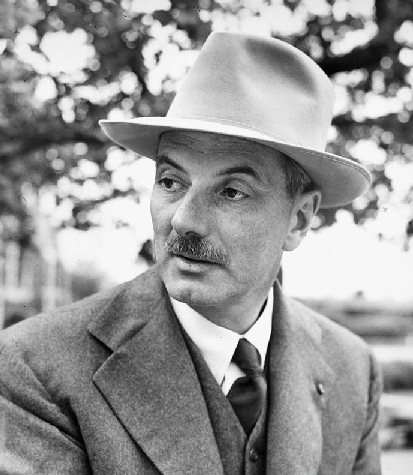
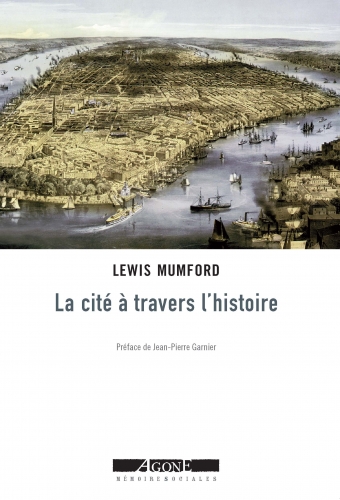
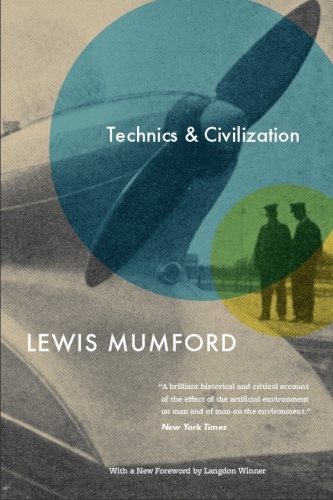

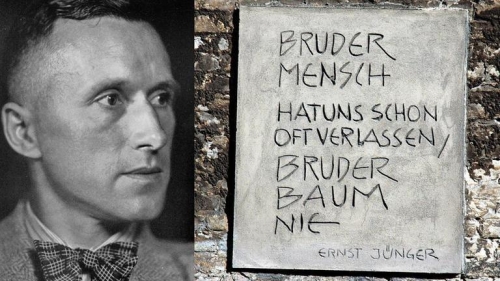

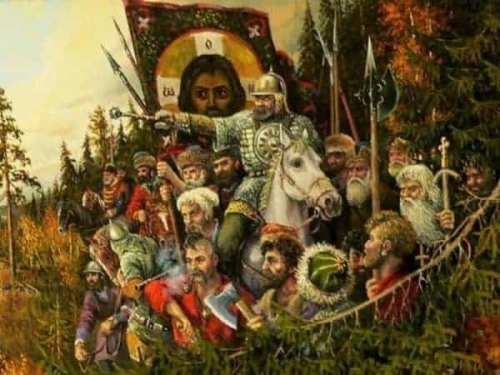
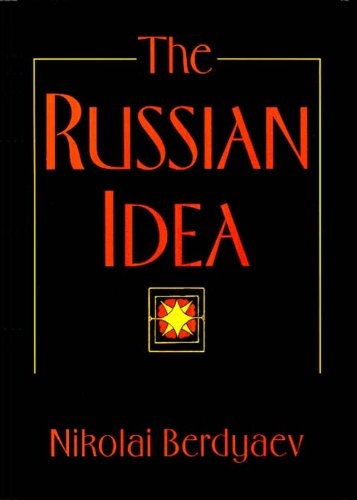 Nikolai Berdyaev in The Russian Idea affirms what Spengler describes:
Nikolai Berdyaev in The Russian Idea affirms what Spengler describes: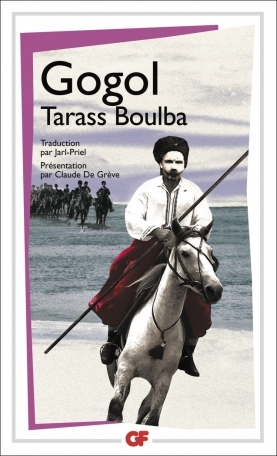 TARAS BULBA
TARAS BULBA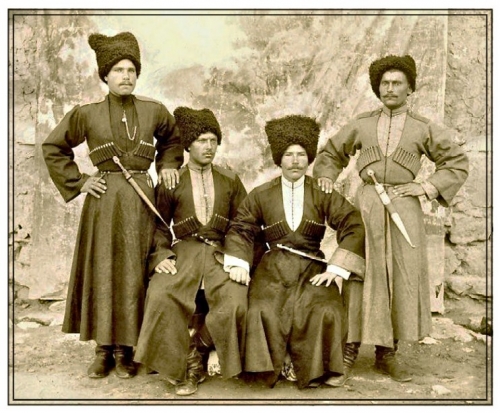
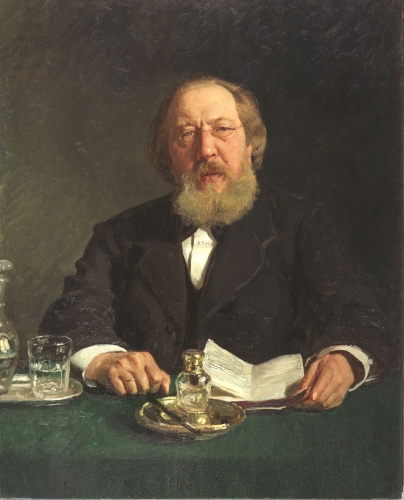
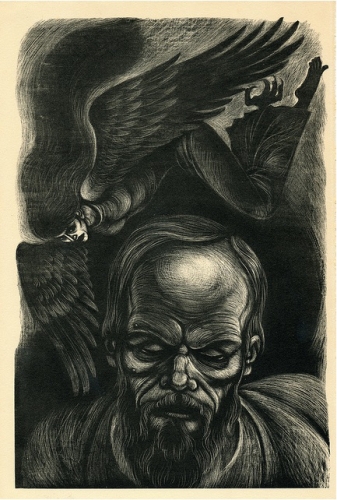 Reduce God to the attribute of nationality?…On the contrary, I elevate the nation to God…The people is the body of God. Every nation is a nation only so long as it has its own particular God, excluding all other gods on earth without any possible reconciliation, so long as it believes that by its own God it will conquer and drive all other gods off the face of the earth. …The sole ‘God bearing’ nation is the Russian nation… (Dostoyevsky, 1992, Part II: I: 7, 265-266).
Reduce God to the attribute of nationality?…On the contrary, I elevate the nation to God…The people is the body of God. Every nation is a nation only so long as it has its own particular God, excluding all other gods on earth without any possible reconciliation, so long as it believes that by its own God it will conquer and drive all other gods off the face of the earth. …The sole ‘God bearing’ nation is the Russian nation… (Dostoyevsky, 1992, Part II: I: 7, 265-266).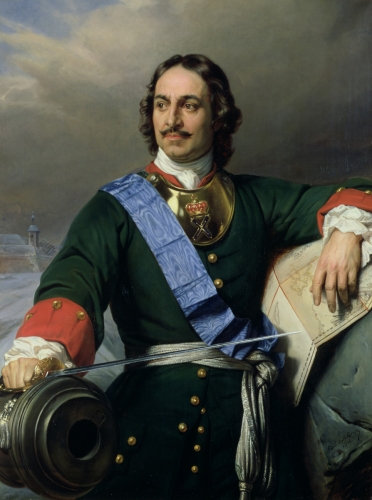
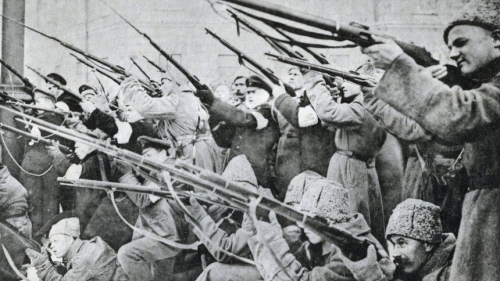
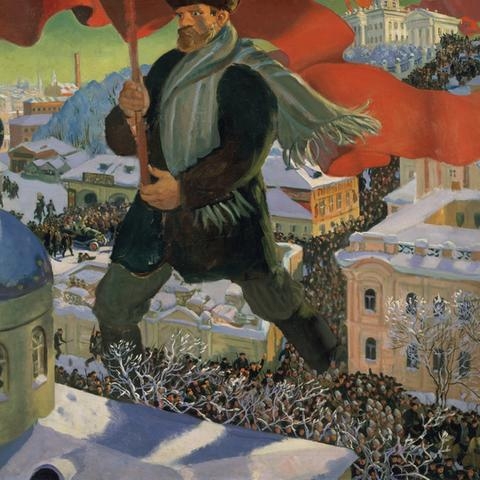



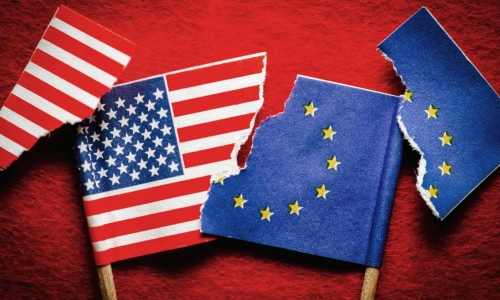



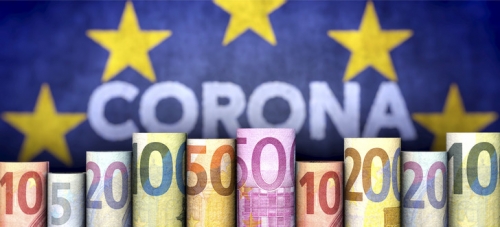



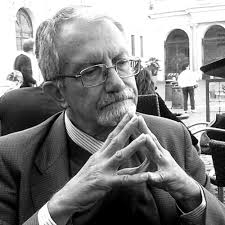
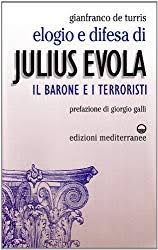 We will surely remember 1994 better than 1984, which Orwell immortalised by writing his celebrated apocalyptic book predicting an ultra-totalitarian world in which we all would have been irredeemably crushed. We will not remember it solely for the political event of 27 March in Italy, but above all for the consequences that this “reversal” might (I insist on the conditional!) have in the cultural sphere. Whatever one may thing of the victory of Berlusconi and his allies, it has already had a first result: the organisation of a colloquium dedicated to the personality of Giovanni Gentile; it was held in Rome on 20 and 21 May 1994 on the initiative of the leftist municipal council (which does honour to the Italian left, as does the other colloquium it dedicated to Nietzsche). We remember he whom we always defined as the “philosopher of Fascism,” fifty years after his death, when he was assassinated by a commando of communist partisans in Florence on 15 April 1944. After having beaten a long and sinuous intellectual course, many post-Marxist philosophers, such as Colletti, Marramao and Cacciari, claimed him for an authentic figure of the left, at least in a decent part of his work.
We will surely remember 1994 better than 1984, which Orwell immortalised by writing his celebrated apocalyptic book predicting an ultra-totalitarian world in which we all would have been irredeemably crushed. We will not remember it solely for the political event of 27 March in Italy, but above all for the consequences that this “reversal” might (I insist on the conditional!) have in the cultural sphere. Whatever one may thing of the victory of Berlusconi and his allies, it has already had a first result: the organisation of a colloquium dedicated to the personality of Giovanni Gentile; it was held in Rome on 20 and 21 May 1994 on the initiative of the leftist municipal council (which does honour to the Italian left, as does the other colloquium it dedicated to Nietzsche). We remember he whom we always defined as the “philosopher of Fascism,” fifty years after his death, when he was assassinated by a commando of communist partisans in Florence on 15 April 1944. After having beaten a long and sinuous intellectual course, many post-Marxist philosophers, such as Colletti, Marramao and Cacciari, claimed him for an authentic figure of the left, at least in a decent part of his work.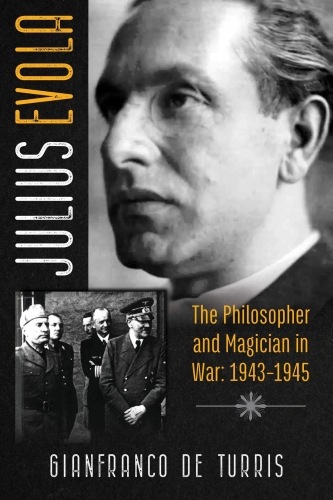
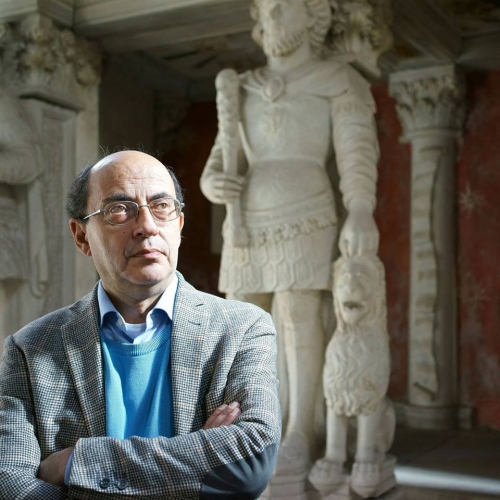
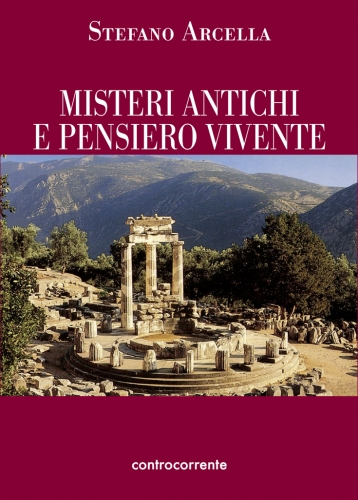
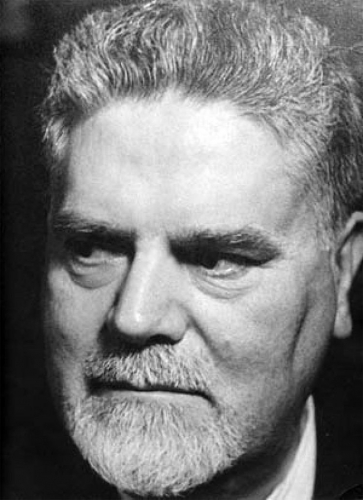

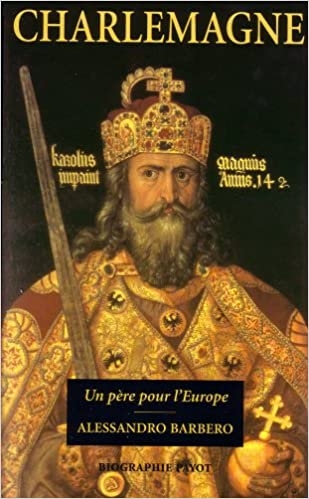
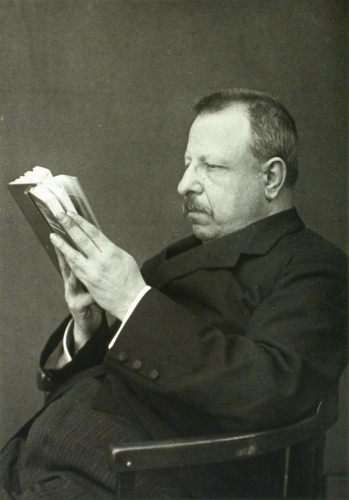
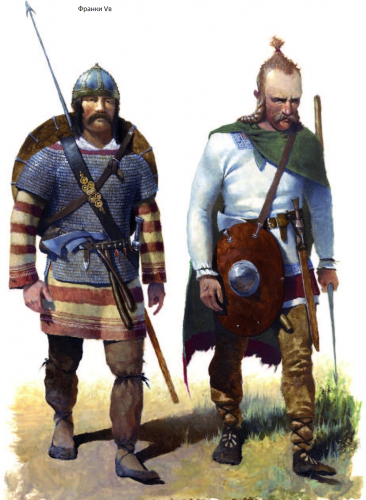
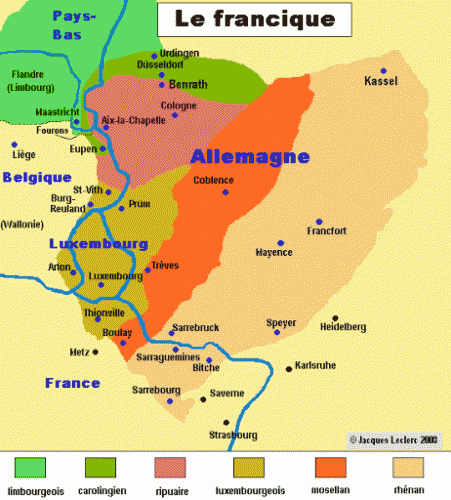
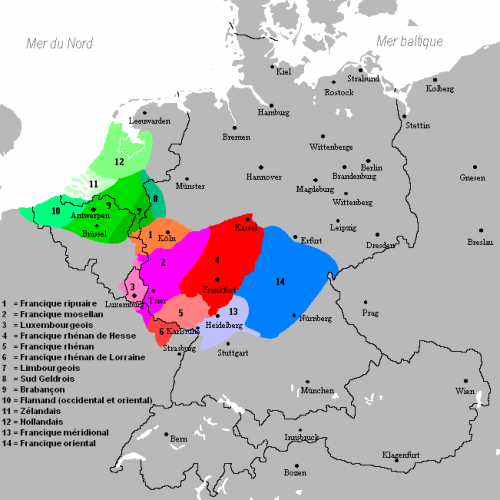







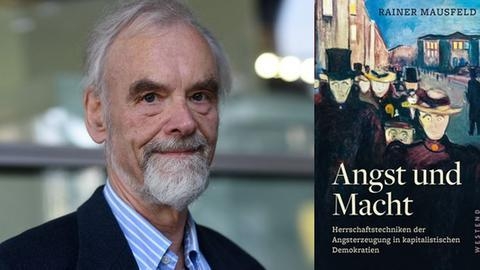

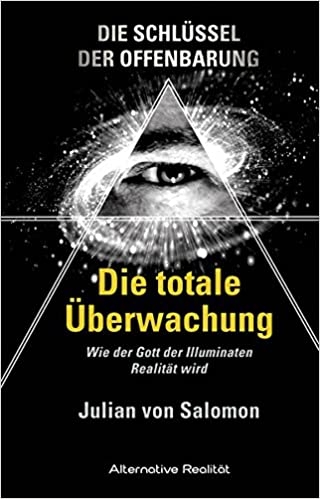 Militär setzt Zwangsbehandlungen durch
Militär setzt Zwangsbehandlungen durch
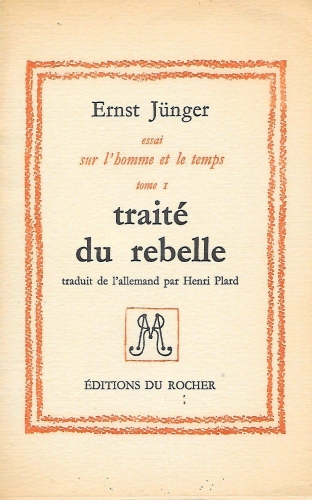 « La peur est l’un des symptômes de notre temps. Elle nous désarme d’autant plus qu’elle succède à une époque de grande liberté individuelle, où la misère même, telle que la décrit Dickens, par exemple, était presque oubliée. »
« La peur est l’un des symptômes de notre temps. Elle nous désarme d’autant plus qu’elle succède à une époque de grande liberté individuelle, où la misère même, telle que la décrit Dickens, par exemple, était presque oubliée. »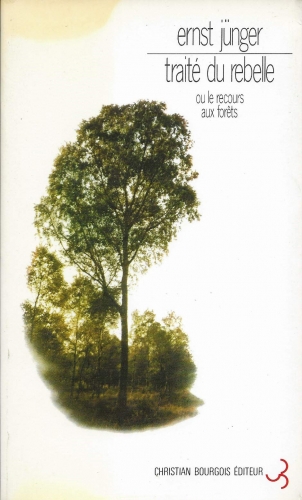 « On assiste à des enchères où l’on dispute s’il vaut mieux fuir, se cacher ou recourir au suicide, et l’on voit des esprits qui, gardant encore toute leur liberté, cherchent déjà par quelles méthodes et quelles ruses ils achèteront la faveur de la crapule, quand elle aura pris le pouvoir. »
« On assiste à des enchères où l’on dispute s’il vaut mieux fuir, se cacher ou recourir au suicide, et l’on voit des esprits qui, gardant encore toute leur liberté, cherchent déjà par quelles méthodes et quelles ruses ils achèteront la faveur de la crapule, quand elle aura pris le pouvoir. »